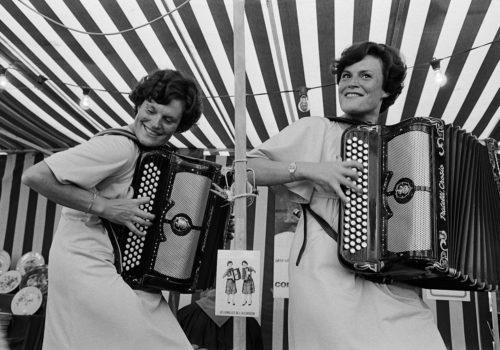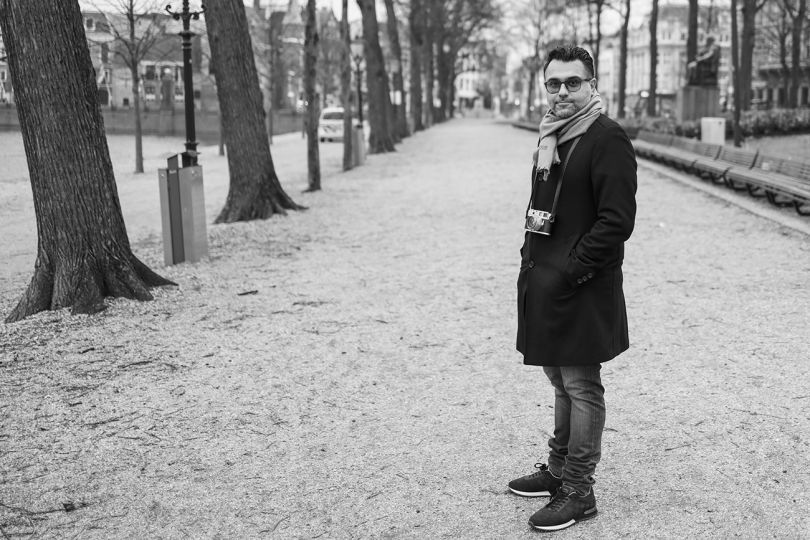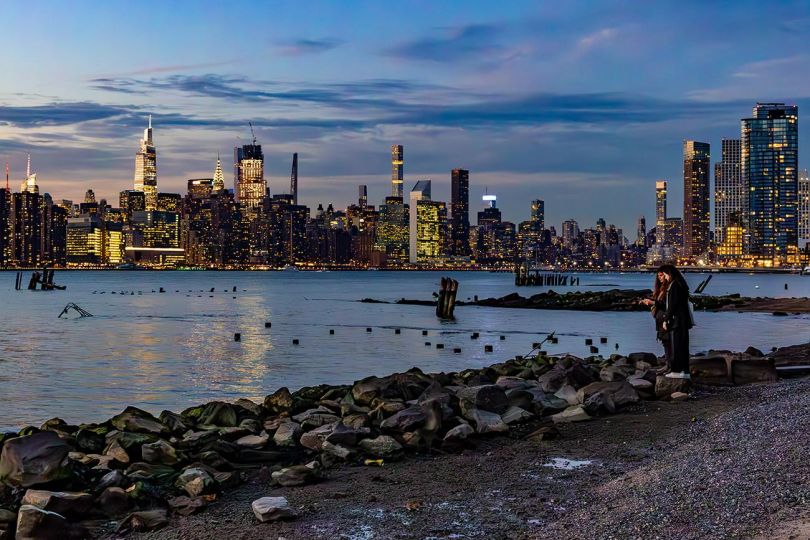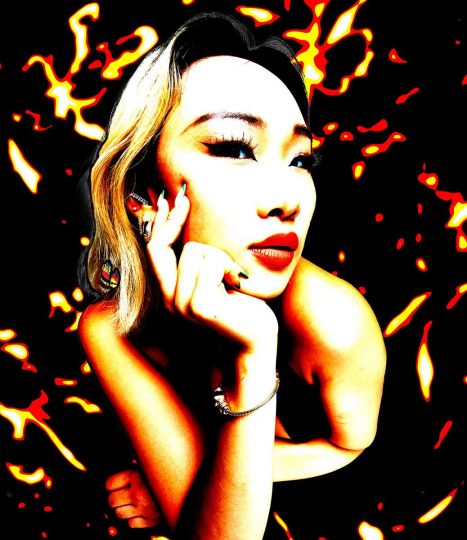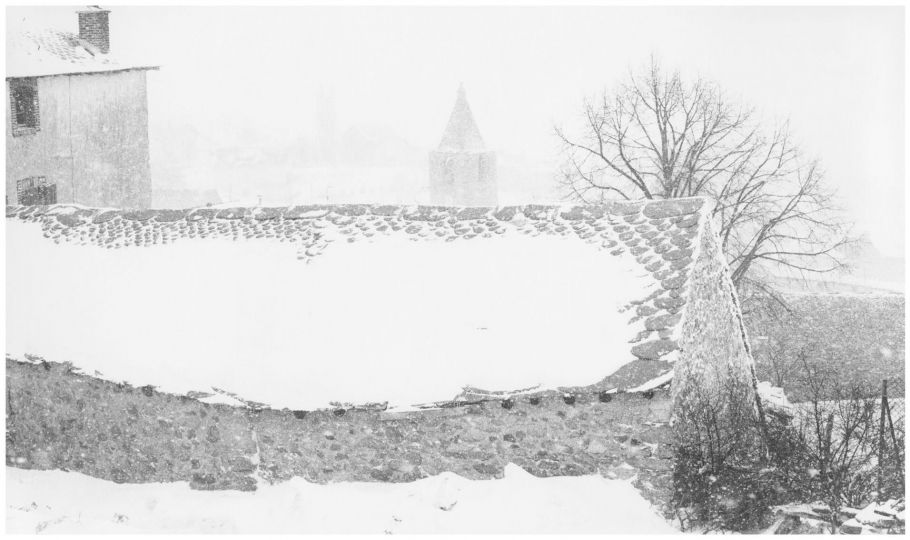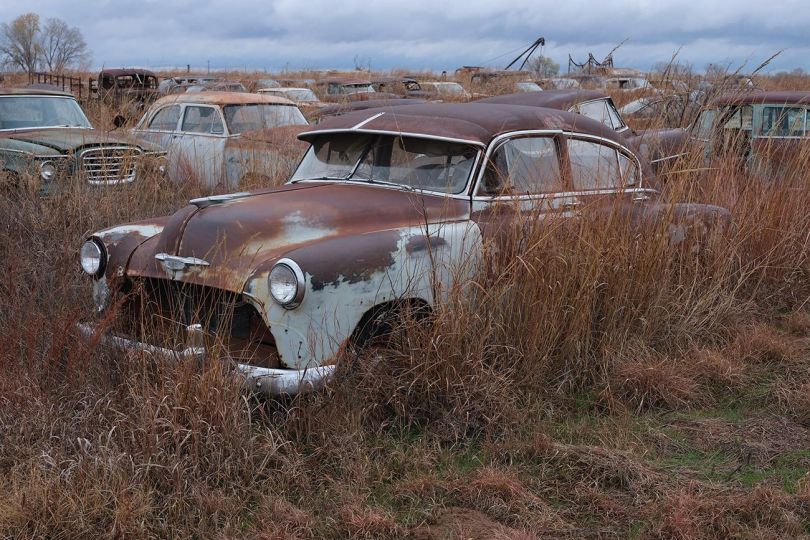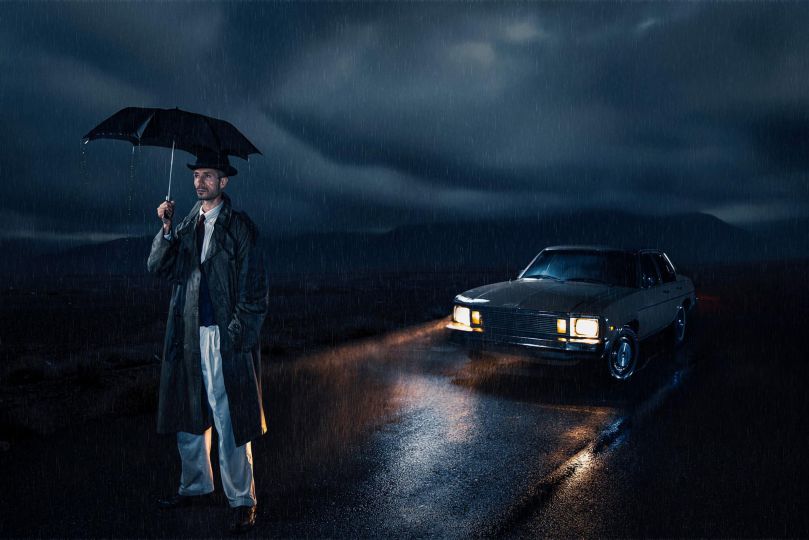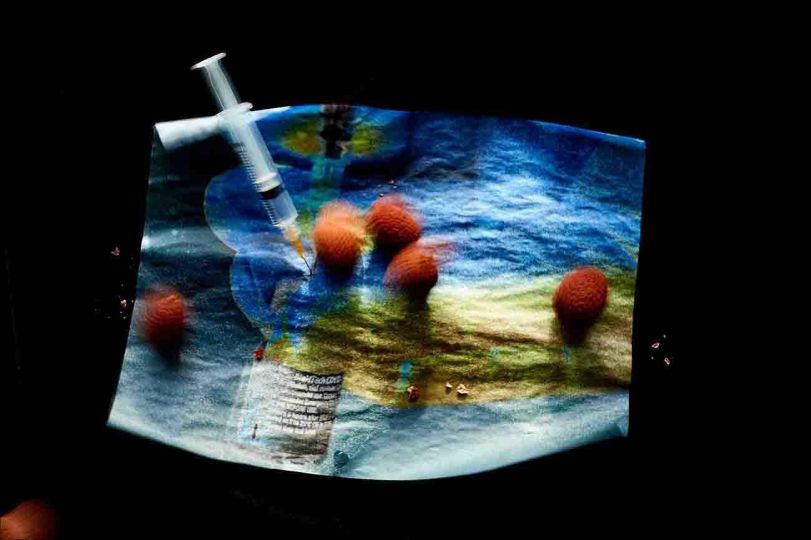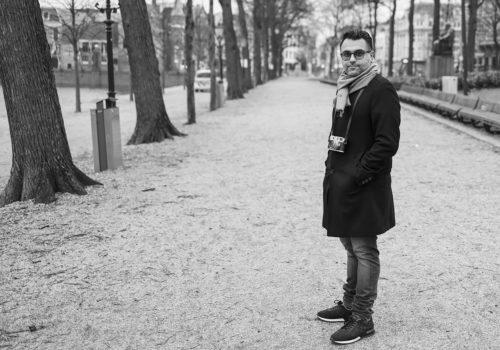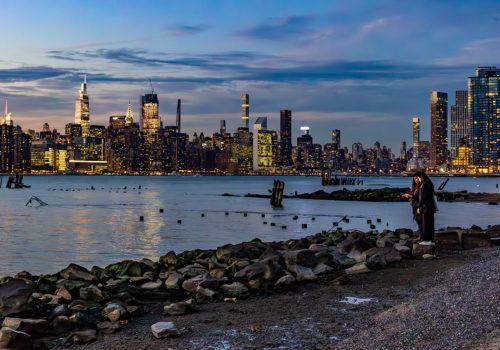THOSE YEARS, LOGBOOK by Carole Naggar
Is it nostalgia talking? It seems to me that those years were light, open, curious. Photography was brand new. Sometimes it had a sense of humor. It was not an object, but, weightless, without pretension, it looked like a winged message. It was not sold: it was rather exchanged for a text, a meal. It only appeared in a few books. We rarely put it on the wall and we didn’t talk about vintage. We were not concerned with the gender or race of the photographers, only with their images. Wondering if only a black photographer could photograph black people might not have occurred to those new to Bruce Davidson’s East 100th Street. George Rodger had photographed the Nuba in Sudan, but no one would have thought of calling him a colonialist. The academy and the money had not entered the ballroom, and there were no masters or thesis on photography. But we had we must also admit some blindness: very few women photographers were in the landscape. All in all, we had the feeling of discovering a brand new territory, a little wild, intriguing, that the history of art had not touched. I was 20 years old. During my studies – art history, precisely – I told my teacher that I wanted to write about photography; he replied:

